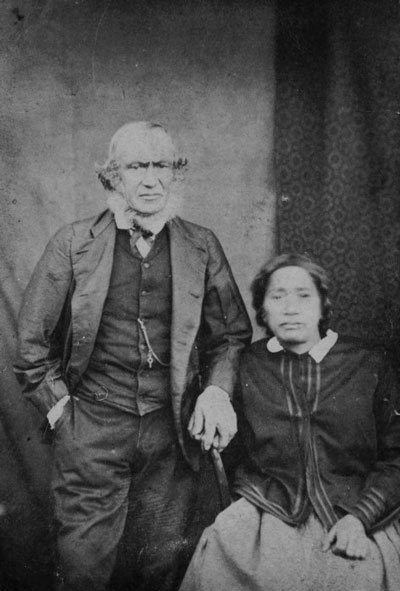Te Wai Heberley

Other pages in this section
Papakainga
Te Wai was the daughter of Manukonga and grand daughter of Te Irihau and a member of the Te Ati Awa iwi. She was also known as Maata Te Naihi Te Owai, Mata Te Naehe or Te Wai Nahi. Her family crossed the Strait to live at the top end of the South Island.
James Heberley was born at Weymouth, England but his father who was born at Wurtemberg, in Germany, died when James was eight years old.
James Heberley ran away to sea at the age of eleven years, and came to the Bay of Islands with whalers, in 1827. He returned on 14 April, 1830, to Te Awaiti, Tory Channel and there met Maata Te Naihi.
About a year after arriving at the Sounds, James and Te Wai were married according to Maori custom. On 13 December 1841 the Rev. S. Ironside married the parents on the same day that he baptised three of their children.
After the arrival of Edward Gibbon Wakefield in the Tory, Heberley became a pilot for ships entering Te Whanga-nui-Tara, and in time, was given the name of Worser Heberley. The family moved to Wellington Harbour in 1841, to live at Tarakena Bay on land belonging to Te Wai's uncle and relations but later they moved to a section at Pipitea Pa at the invitation of Kopiri and still later returned to Arapawa Island. Some of the children were born in the Wellington area. In 1852 James and Maata were successful in their bid for a grant of land at Pipitea Pa. This is the area now occupied by the Bodyworks Fitness Centre at 75 Thorndon Quay.
Heberley went on expeditions with Ernest Dieffenbach, and indeed, preceeded Dieffenback, on Christmas Eve, 1839 to the summit of Mt Egmont/Taranaki, thus becoming the first European to stand on that summit.
Eight of their children reached adulthood. These were Mary-Ann (1832), John (1834), Sarah (1840), James (1842), Thomas, Jacob (1852), Henry, Joseph (1854). James often referred to his eldest daughter Mary-Ann as Margaret.
The families of three of these children figure prominently in the early history of Te Whanganui-a-Tara and Taranaki.
Mary-Ann married Robert Woodgate. Their daughter, Mihi Korama Woodgate married Hapi Tutua Puketapu, (son of Mohi Puketapu and Harata Porutu). The five children of Mohi and Harata were Ihaia, Hirini, Piripi, Raepakoko and Neta Toea.
Sarah Heberley married William Keenan and their children were William, Martha, Louisa and John. William Keenan figures prominently in the history of the rohe of Taranaki.
Joseph Heberley married Miss Freeman, and their eldest son, Thomas, became a master carver at the National Museum. Thomas' daughter, Flora Heberley married Sir Makere Rangiatea Ralph Love.
After Te Wai's death, James or 'Worser' Heberley married again in 1879 a widow, Charlotte Emily Joyce. A daughter in Charlotte's family was the grandmother of Janet Frame the New Zealand novelist.
References
- The turbulent years, 1870-1900 : the Māori biographies from the Dictionary of New Zealand biography, Volume 2 / introduction by Claudia Orange
- Thessman, Jack. Worser the Whaler, in, The Dominion, 15 January 1988.
- Wellington Land Court Minute Book ; Vol. 1 p. 242
- Buick, Thomas Old Marlborough. p. 214.
- Wakefield, Edward Jerningham Adventures in New Zealand. p. 102-134.
- Jacob William Heberley on Te Ara.
Images
The images you see below are displayed with kind permission. Click through for a larger version of each image and a link to the source online.
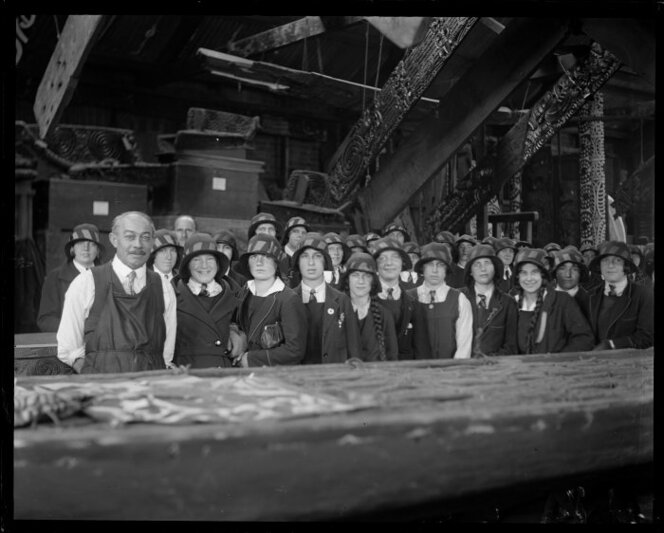
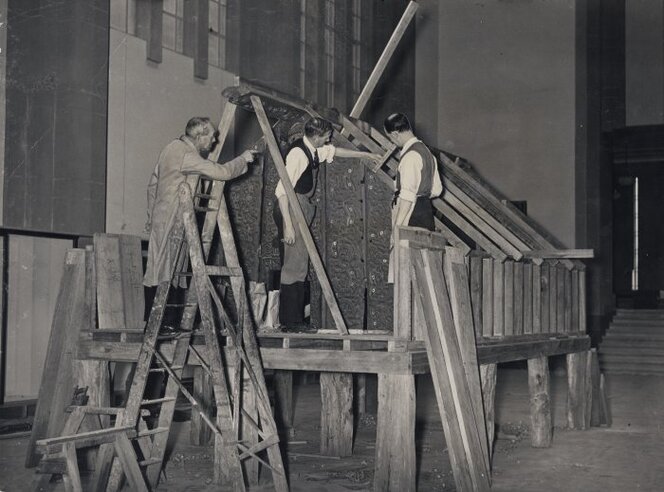
 Ipu whenua — on Te Ara
Ipu whenua — on Te Ara
Māori traditionally bury the placenta of a newborn baby in a special place. This was often done in vessels called ipu whenua, which were originally made from gourds. The replica ipu whenua shown in the link was carved by Jacob Heberley of Te Ati Awa from tōtara wood.
From our website
The Heberley family are mentioned in The Streets of My City, Wellington New Zealand, by Fanny L. Irvine-Smith — available on our website. The Streets of My City was published in 1948 and records and explains street names around the city, as well as historical figures of Wellington.
Journal articles

Below you'll find journal articles relating to the Heberley family. Many are available in full text online — we've indicated below where this is the case and provided links to the material online.
If the material isn't available online, we've provided a full citation and linked to a source where you can access the material — usually at the National Library of New Zealand in Thorndon.
Access online
- Heberley, Heather. Charles Thomas Heberley, 1918-2000, in Nelson Historical Society Journal, v 6 (5), (2002).
- Heberley, James. The story of Robson, a tattooed ex-convict in Historic Poverty Bay and the East Coast NI, by J.A. Mackay.
- Costly cleanliness - memories of James Heberley included in a book by C. A. McDonald, in New Zealand Railways Magazine, vol 8 (10) (February 1, 1934)
- Magurk, John. The First Ascent of Mt. Egmont : centenary of Dr. Dieffenbach's climb, in New Zealand Railways Magazine, vol 15 (1) (April 1, 1940)
- Olliver, Rose. Tohunga Whakairo/master carver : Thomas Heberley 1876-1937, in Historical Journal (Otaki Historical Society), 2000; (23) : p.17-23
-
Davies, John. A Tangible Link with New Zealand's European Discovery, in Journal of the Nelson and Marlborough Historical Societies, vol 1 (6) September 1986.
The author notes:
In closing it is perhaps worth pondering on an incident related by Worser Heberley in his autobiography dealing with the clashes between the Ngati-Toa and allies and the Ngai Tahu in Cloudy Bay in 1835:
"Myself and some of the Ngatiawa tribe made a rush for the Pah for plunder it was very dark, and the first thing I fell over was a man's leg and thigh. I got up and in feeling around, I found a double barrelled gun and a mere. The mere was one of the three that Captain Cook brought out from England, I gave it to native... the mere had the ship's name on it and the date, the name and date was worn partly out, I could not make out the date distinctly but there was 1700 and another figure I could make out..."
Autobiography of James Heberlev, January 1809 - June 1843. (Unpublished M.S. Alexander Turnbull Library) p.26. - Wedde, Ian. Ballad for Worser Heberley, in Sport 9 (Spring 1992).
Citation only
- Neich, Roger Jacob William Heberley of Wellington : a Maori carver in a changed world, in Records of the Auckland Institute and Museum, 20 Dec 1991; (28) : p.69-146
Access at the National Library in Thorndon
Newspaper articles
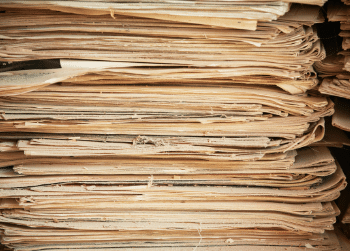
The articles below are from PapersPast's Newspapers section — featuring digitised NZ and Pacific newspapers from the 19th and 20th centuries available to read online.
- Mr Thomas Hebberley carving (1927, 7 March) The Evening Post. Retrieved from Papers Past.
- Appointment of James Heberley as pilot (1860, 3 July) New Zealand Gazette and Wellington Spectator, 18 April 1840 . Retrieved from Papers Past.
- Advertisement as claimant in Colonist, vol VII, Issue 679, 29 April 1864, Page 6.. Retrieved from Papers Past.
Māori Land Deeds
These are all available online via Victoria University's New Zealand Electronic Text collection.
- Maori Deeds of Land Purchases in the North Island of New Zealand: Volume Two.
"Waiongana to Timaru No. 1 (Picton Claims), New Plymouth District" - Maori Deeds of Land Purchases in the North Island of New Zealand: Volume Two.
"Moa-Whakangerengere No. 3 Block, Puketapu District" - Maori Deeds of Old Private Land Purchases in New Zealand, From the Year 1815 to 1840, with Pre-Emptive and Other Claims.
This includes on p. 644 similar text as described in the A to Js reference below
A to Js Online
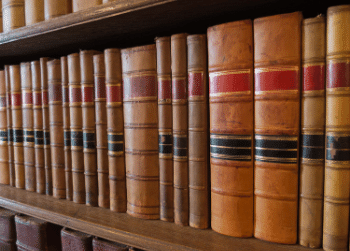
The Appendices to the Journals of the House of Representatives (AJHR), sometimes known as "the A to Js", are a collection of government-related reports published every year from 1858. The reports cover many subjects, documenting the work of government departments and a wide range of other actions carried out by, or of interest to, the government of the day.
From the A to Js:
The petitioner states that in 1840, 1841 and 1842 he lived at Worser's Bay, in the Province of Wellington.
That the bay was then the fishing station of E Puni and Waripori, Native chiefs of the Ngahau trive.
That he is related to the above-named chiefs through his wife Te Wai.
That in 1840, E Puni, being then the owner, gave to petitioner and his wife a portion of the land lying between a place called Pinnacle Rock and the Cave, from the shore to the foot of the hills. That the land has been taken by the Government and sold to private individuals.
He prays for redress or compensation.
I have the honor to report that, as no sufficient evidence has been offered to the Committee with respect to this case, they have opinion to offer.
27 October, 1876.
1876 Session 1, I-06, page 29.
Thomas Kelly, Chairman.
Letters & Manuscripts
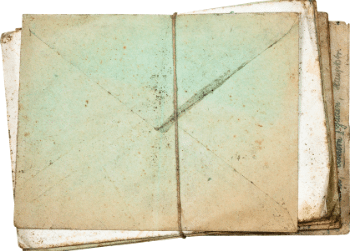
- Papers relating to 'The Cook Strait whalers', by Richard John Seddon.
Folder comprises correspondence and research material relating to Kidson's unpublished work 'The Cook Strait whalers'. Also includes manuscript and typescript drafts of the first two chapters of this intended work, a James Worser Heberley family tree, a copy of a typed extract from Richard Barrett's journal held at the Alexander Turnbull Library and newspaper cuttings.
Access at the Alexander Turnbull Library, Reference Number: MS-Papers-9616-7). - Heberley, James, 1809-1899 : Reminiscences.
Includes description of whaling and the life of a whaler in Cook Strait and the Marlborough Sounds. Includes description of the ascent of Mount Taranaki with Dr Dieffenbach and others, Dec 1839.
Link is to fragile original, but record contains references to more accessible copies that are available to view.
Access at the Alexander Turnbull Library. Reference Numbers: MS-Papers-9616-7, MS-Papers-qMS-0943, qMS-0942, MS-0970. (3 manuscript files)
Search the Turnbull Library's unpublished collections
Contact us
This page is written and maintained by our Kaimahi, Ratonga Māori.

